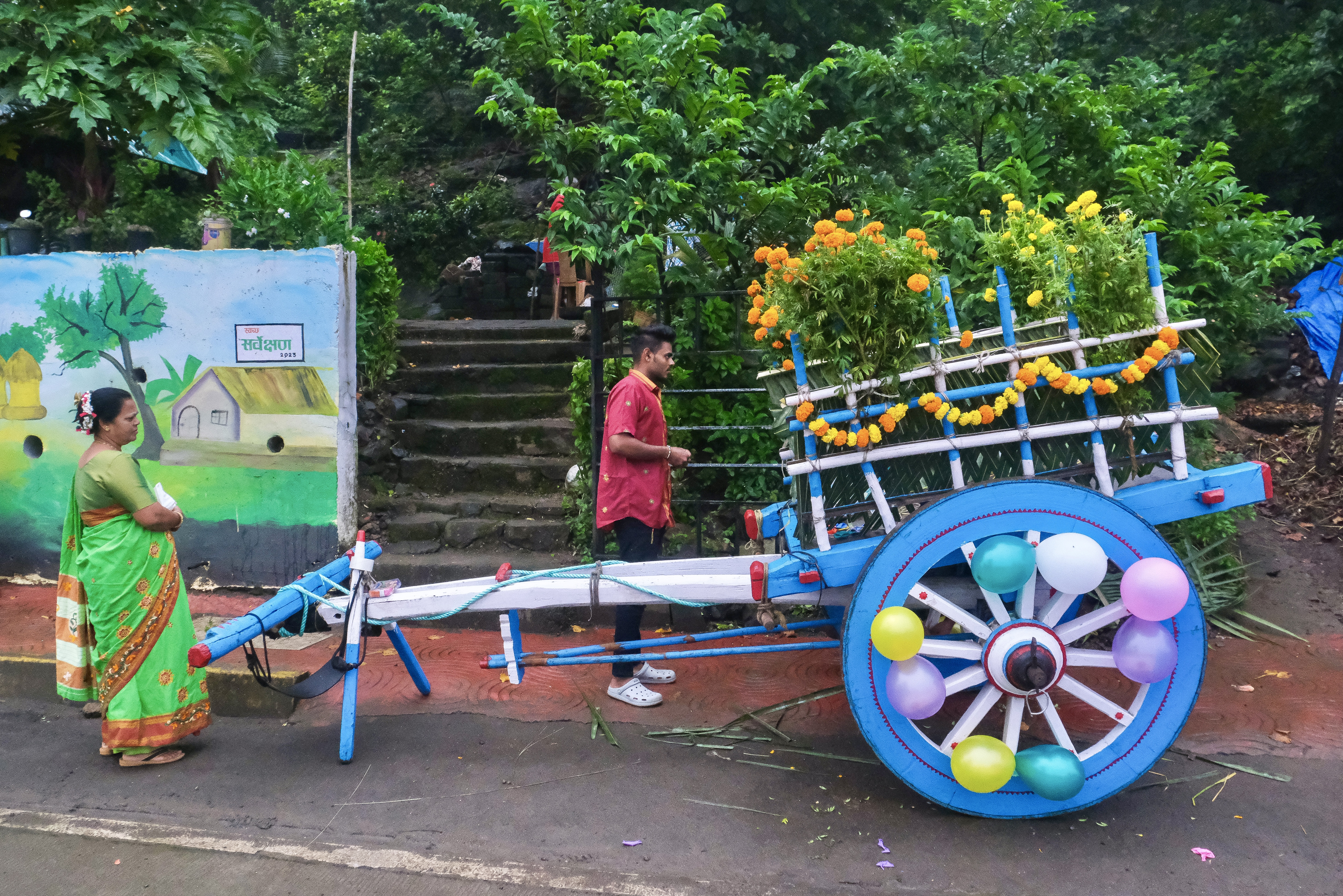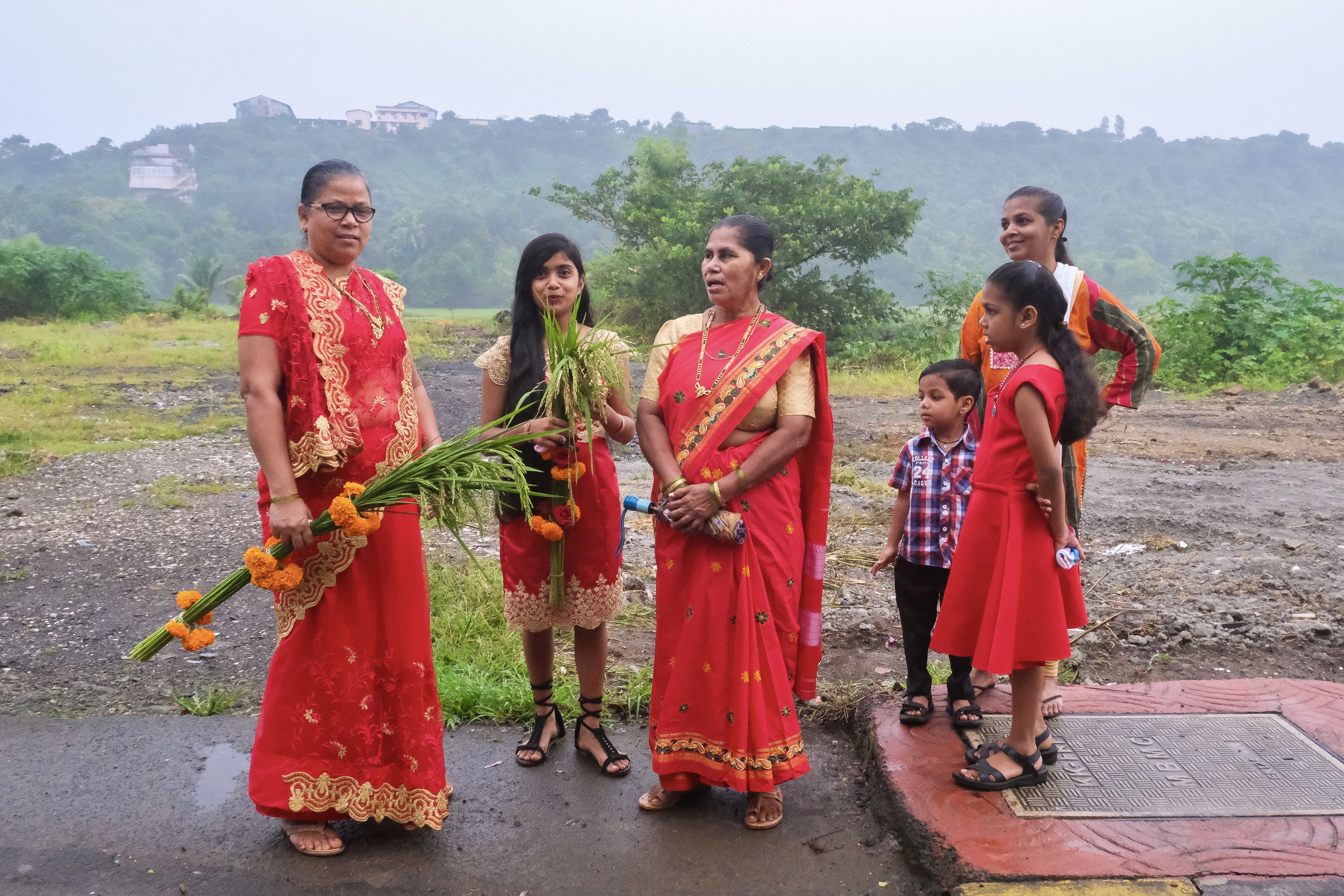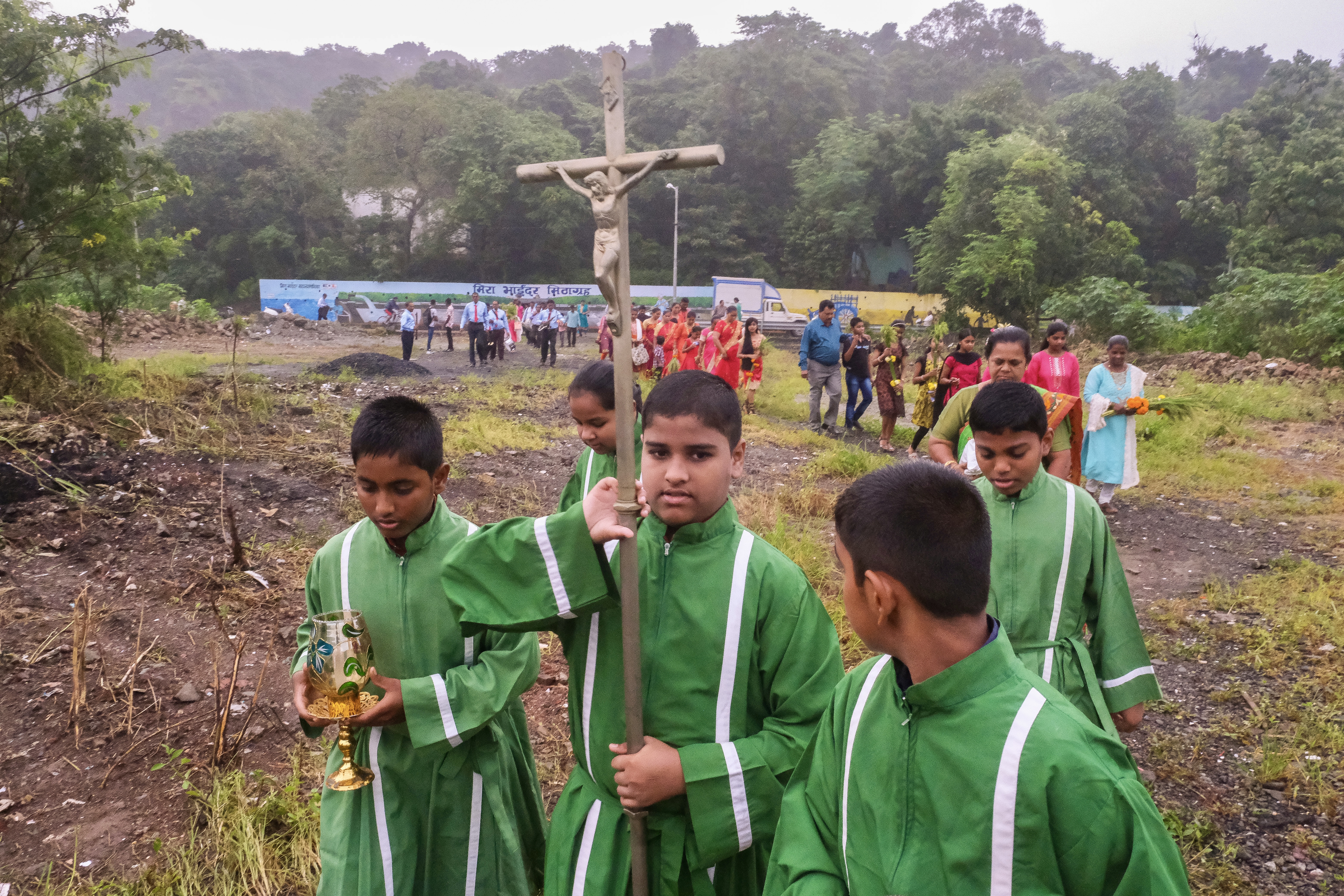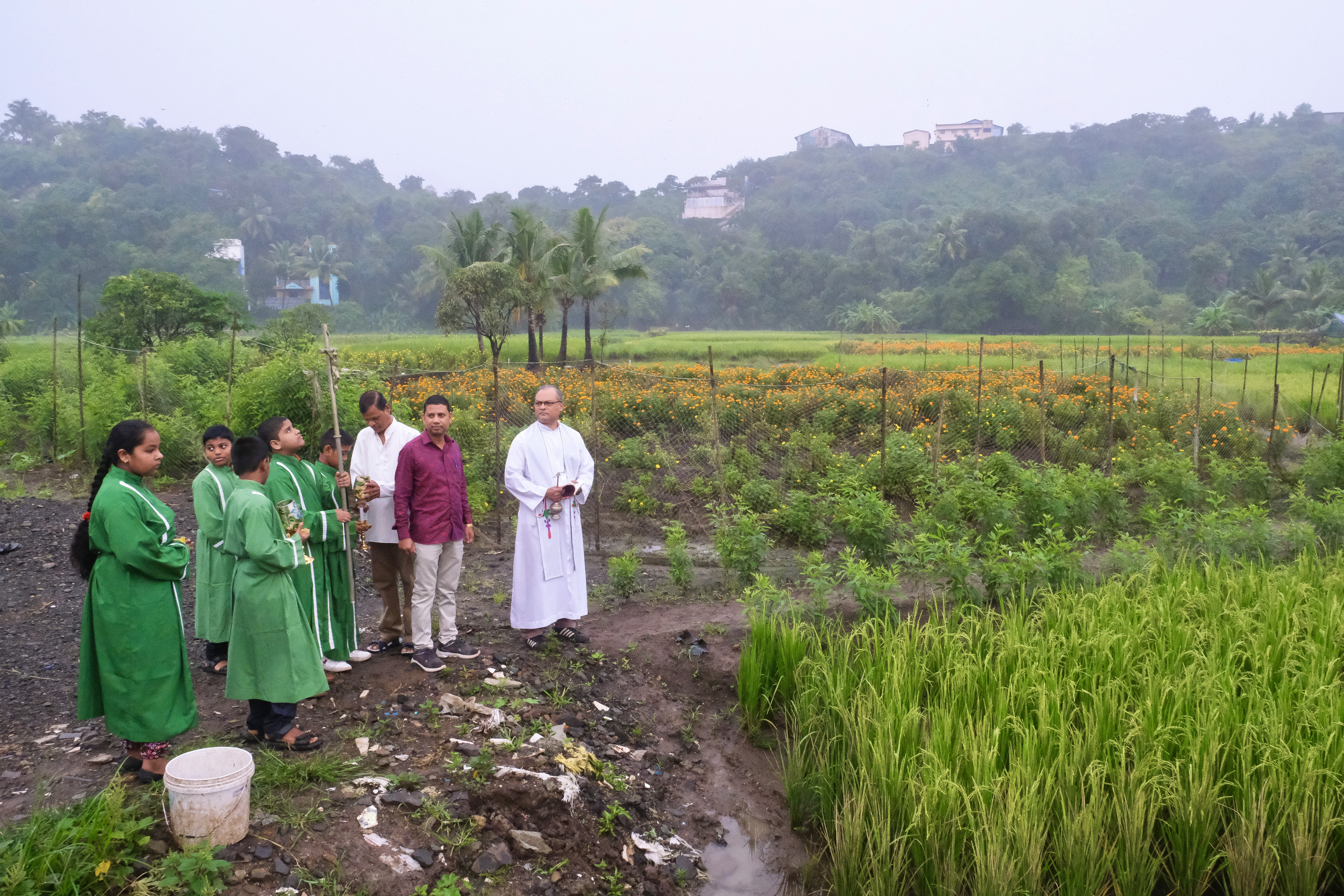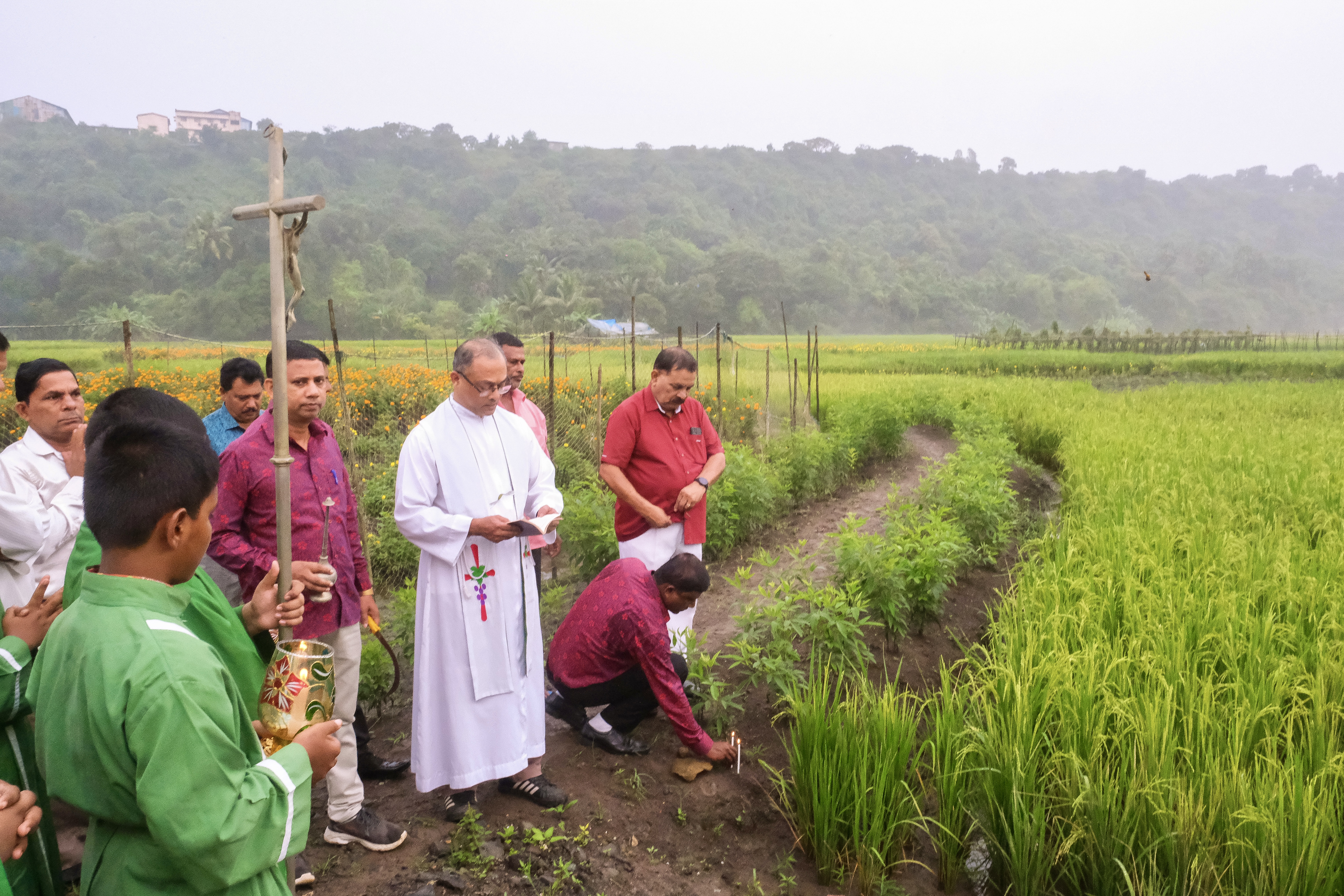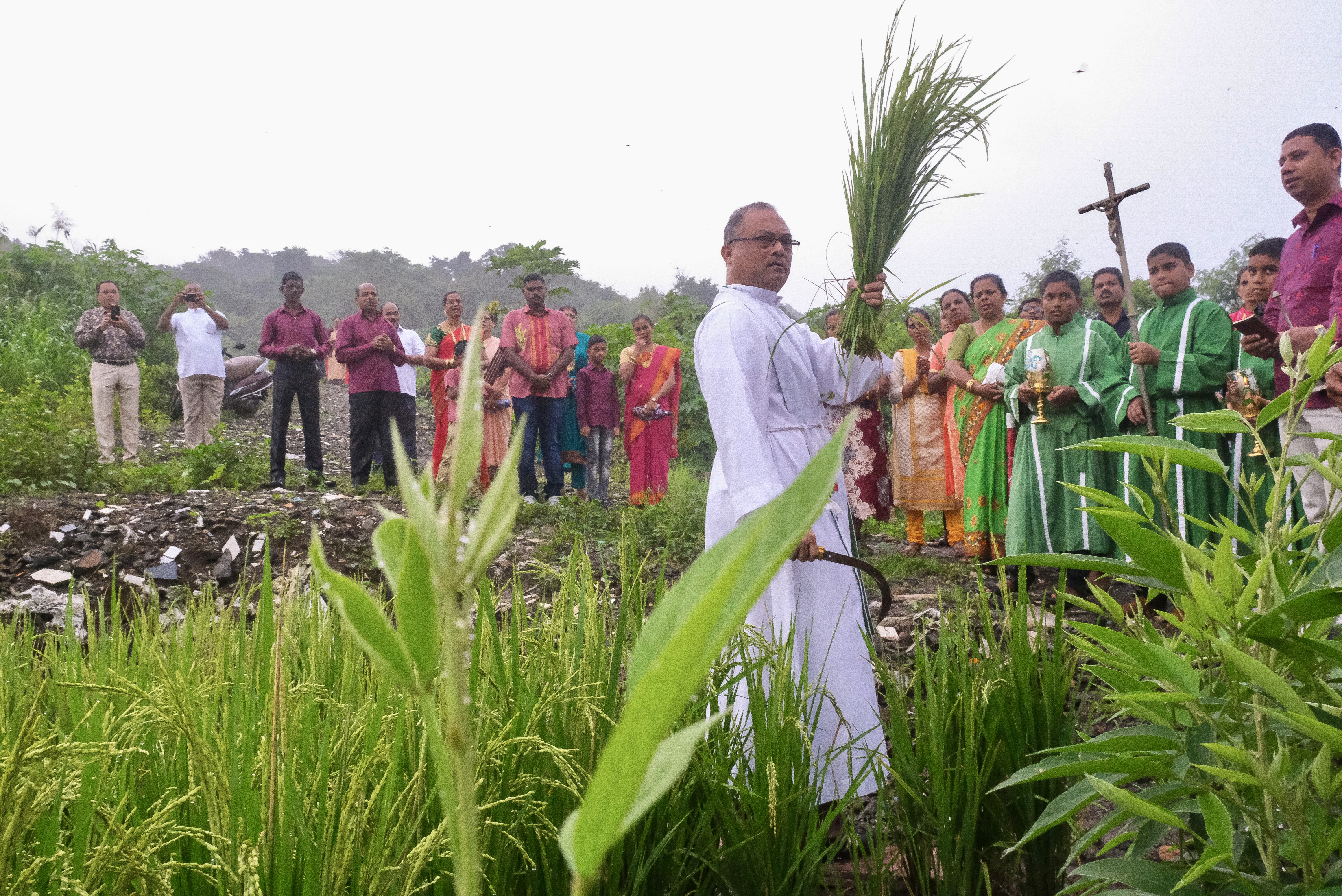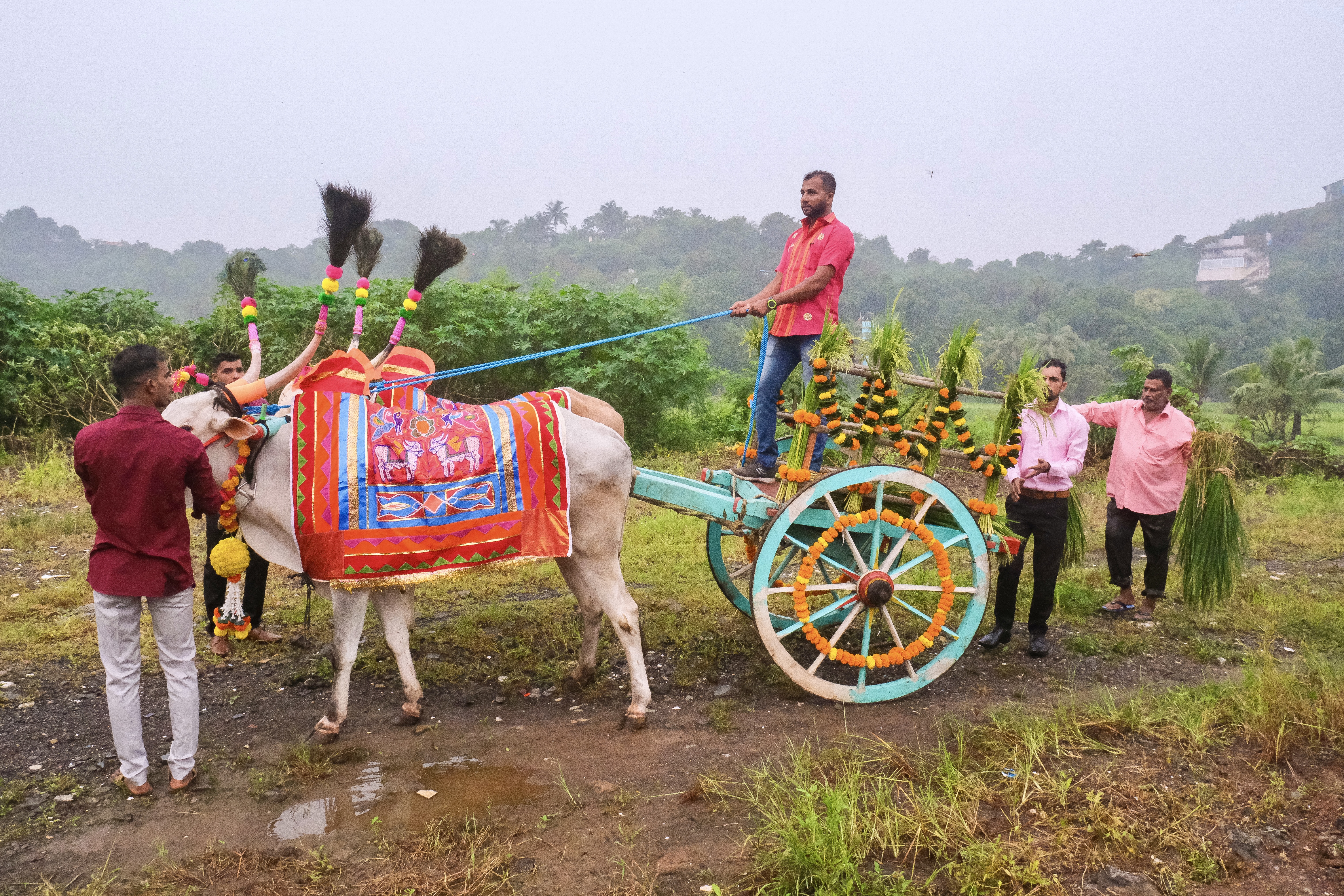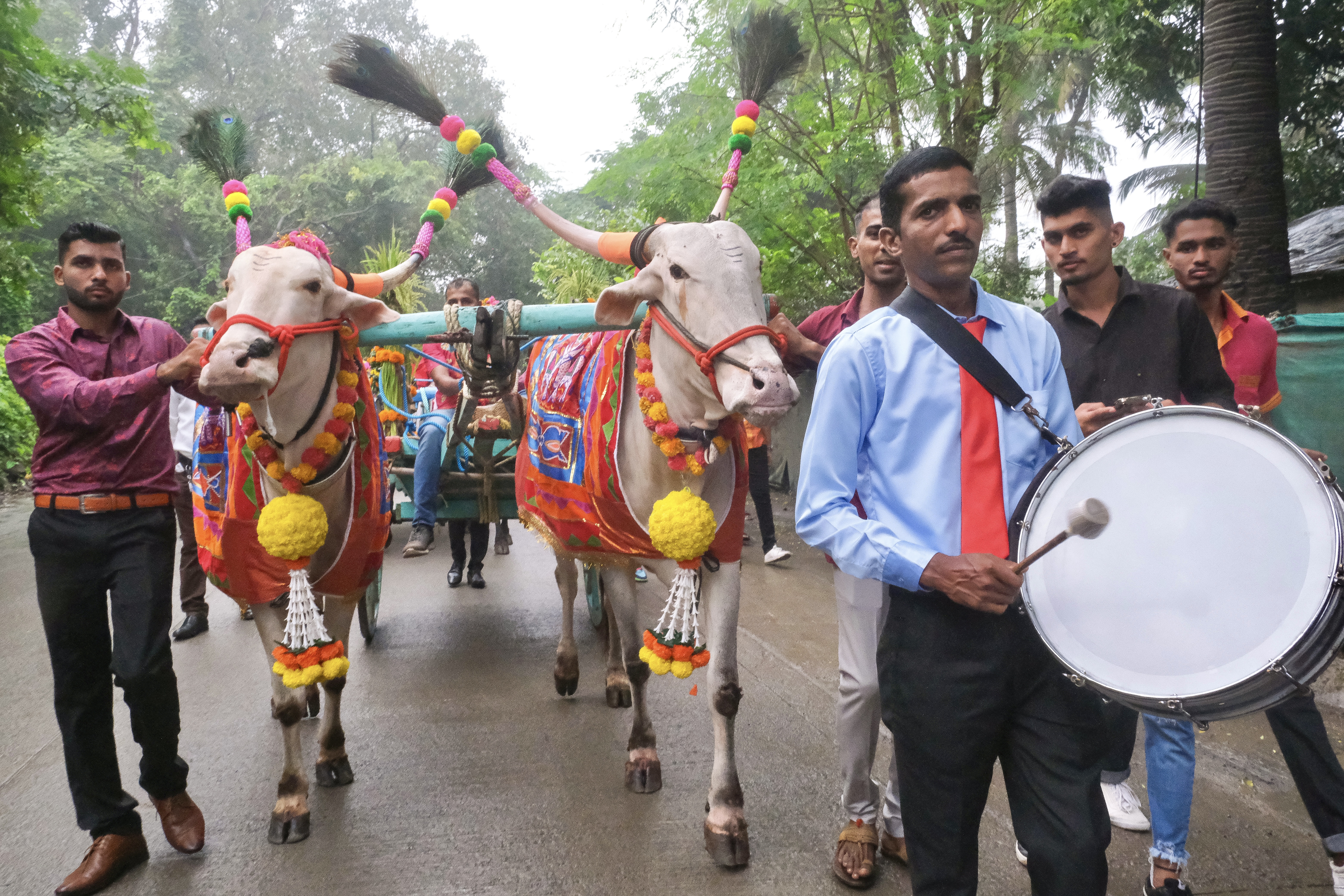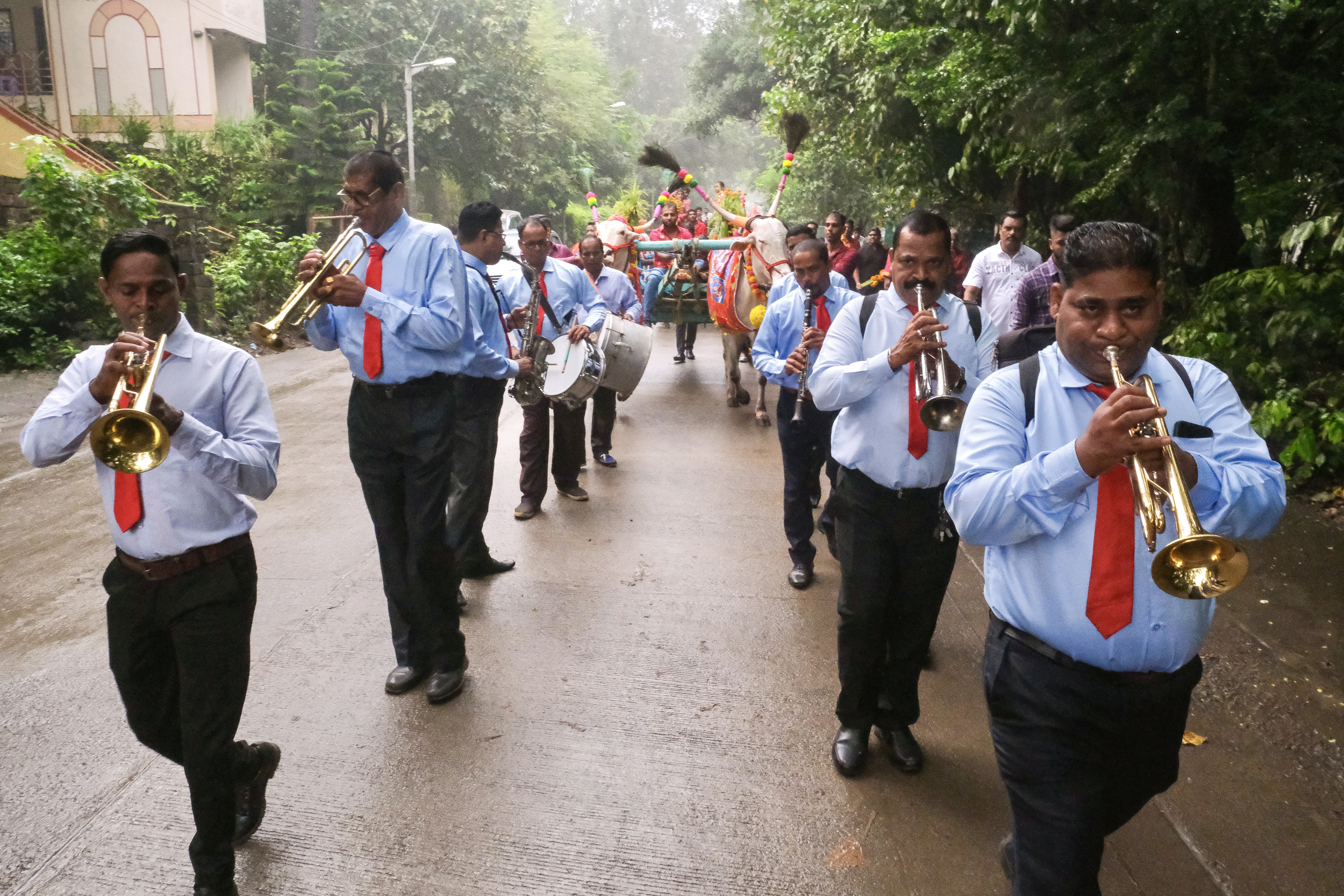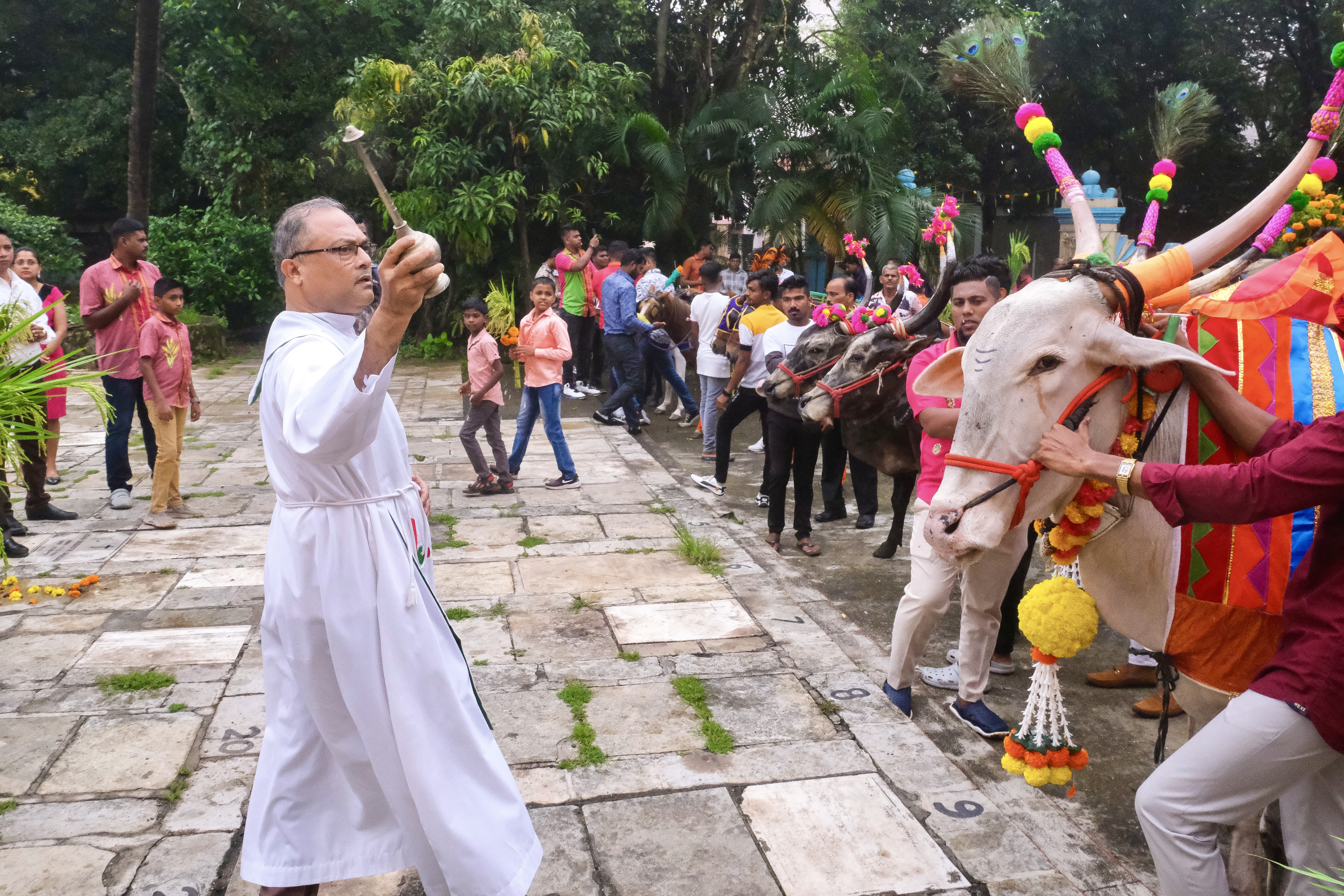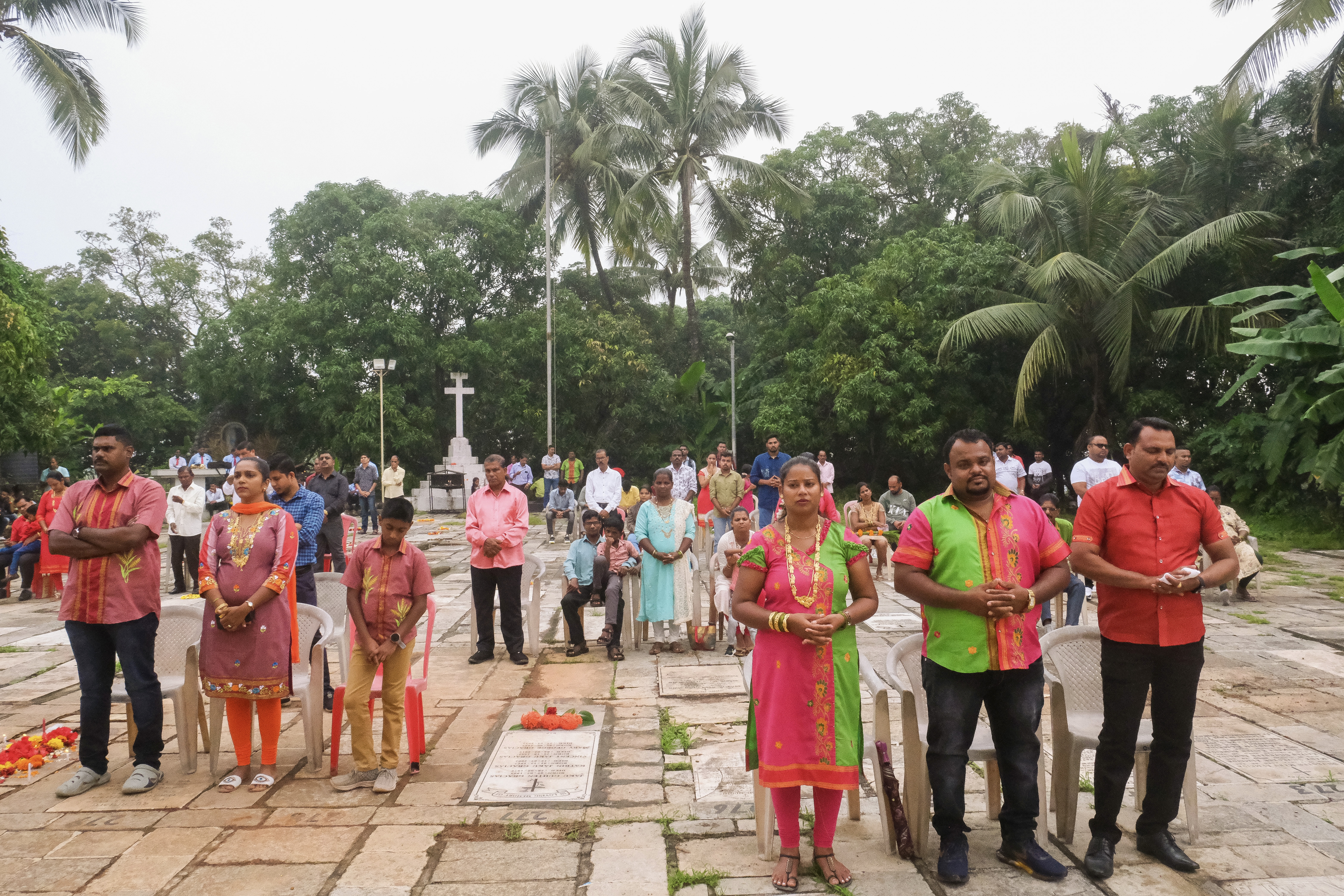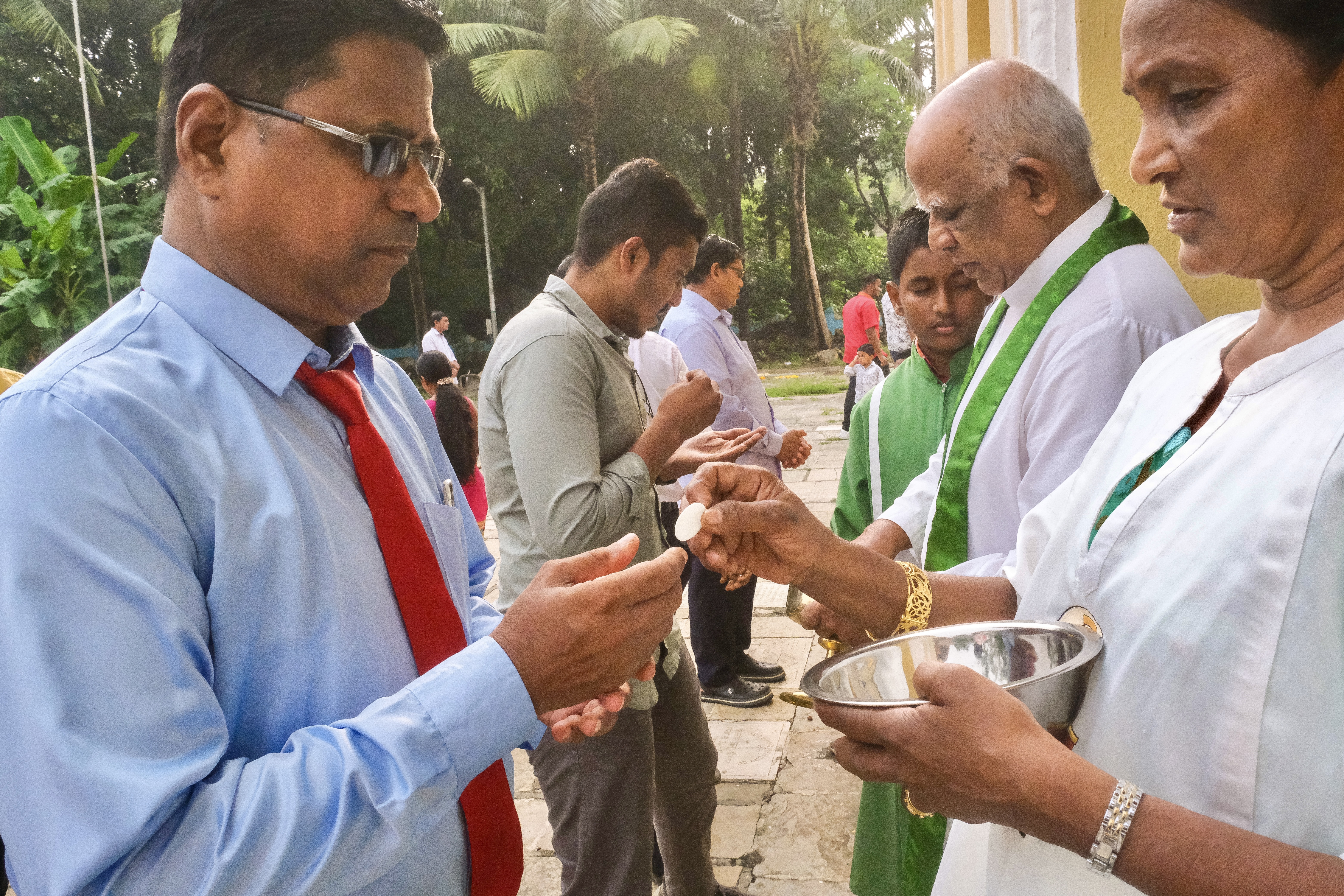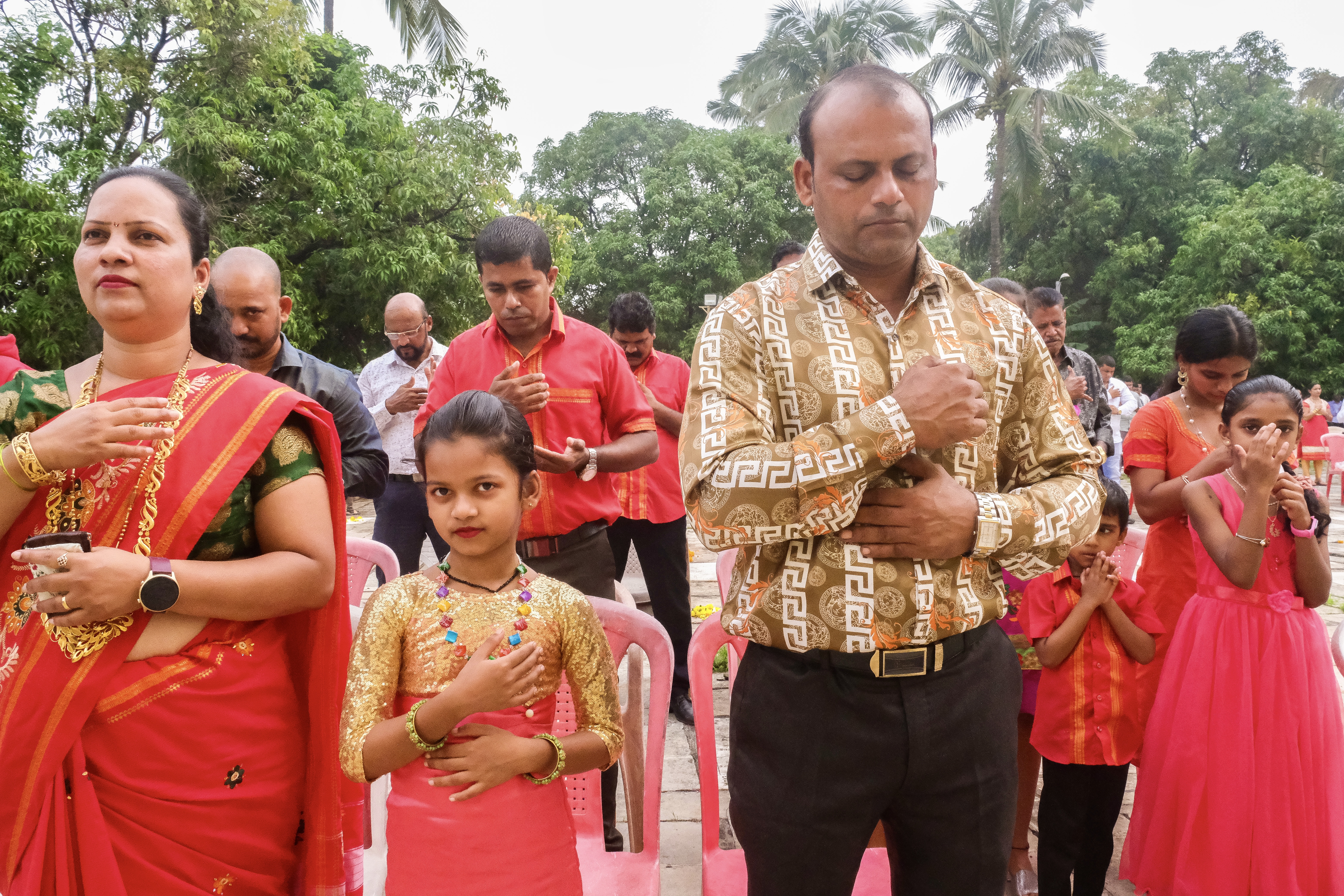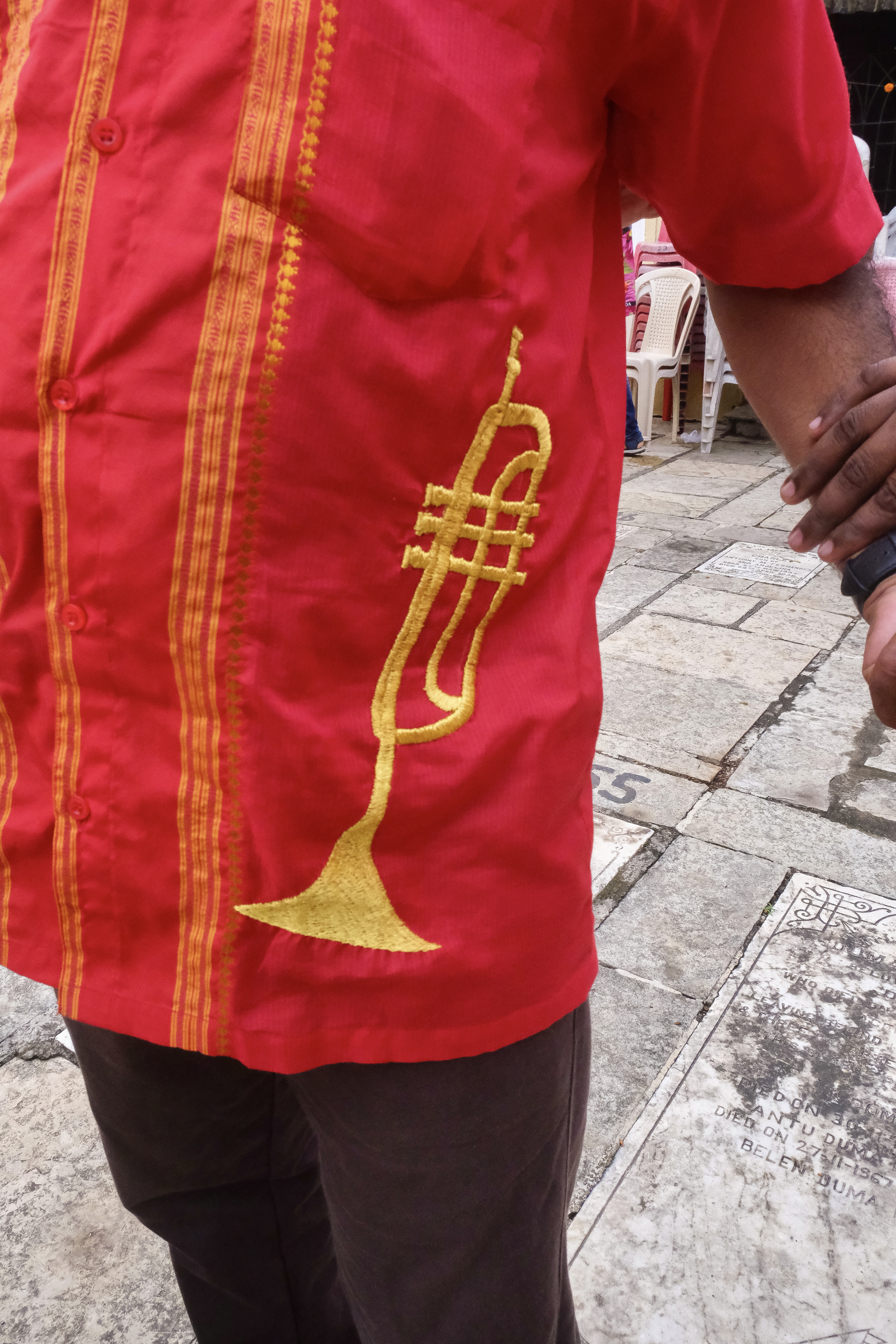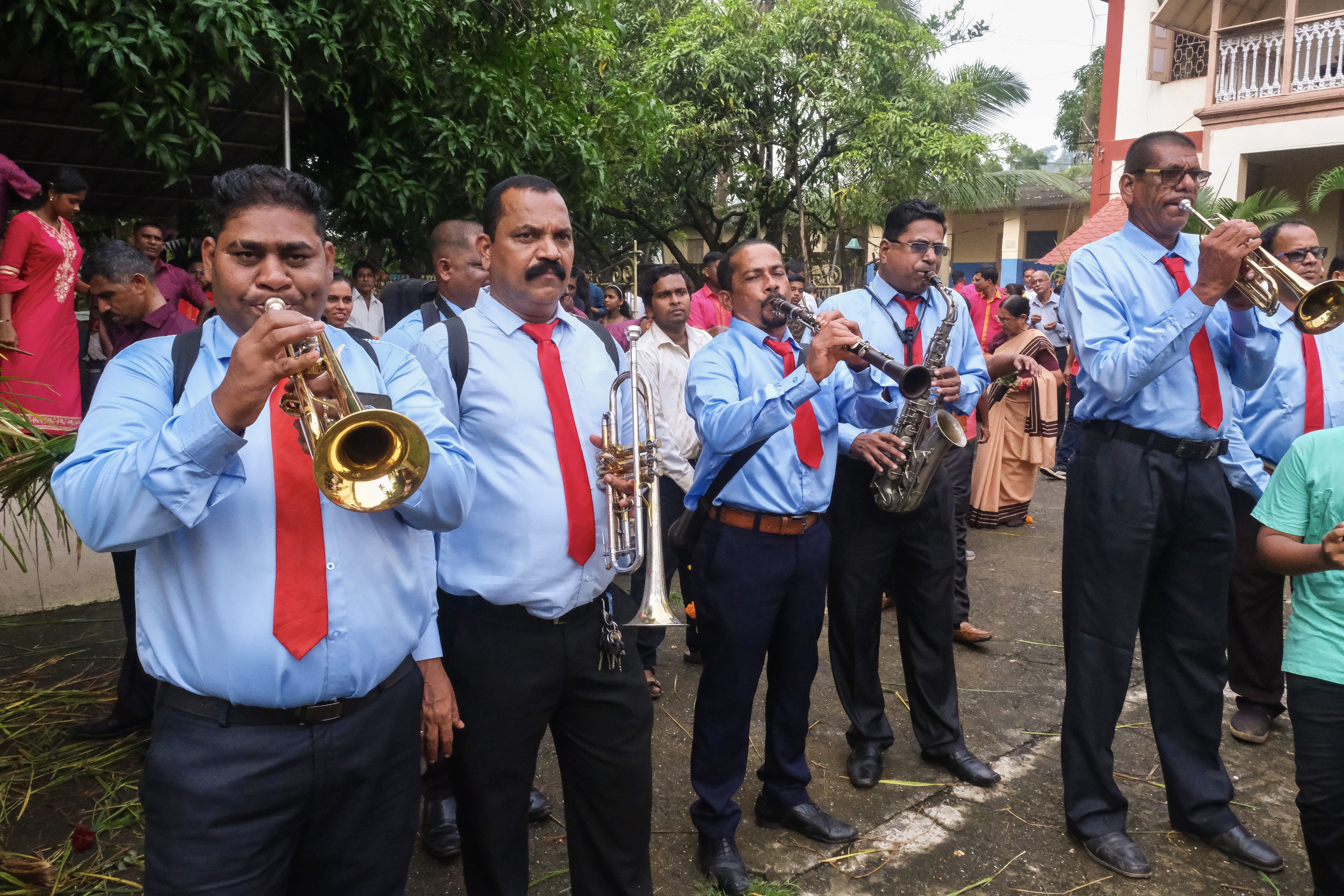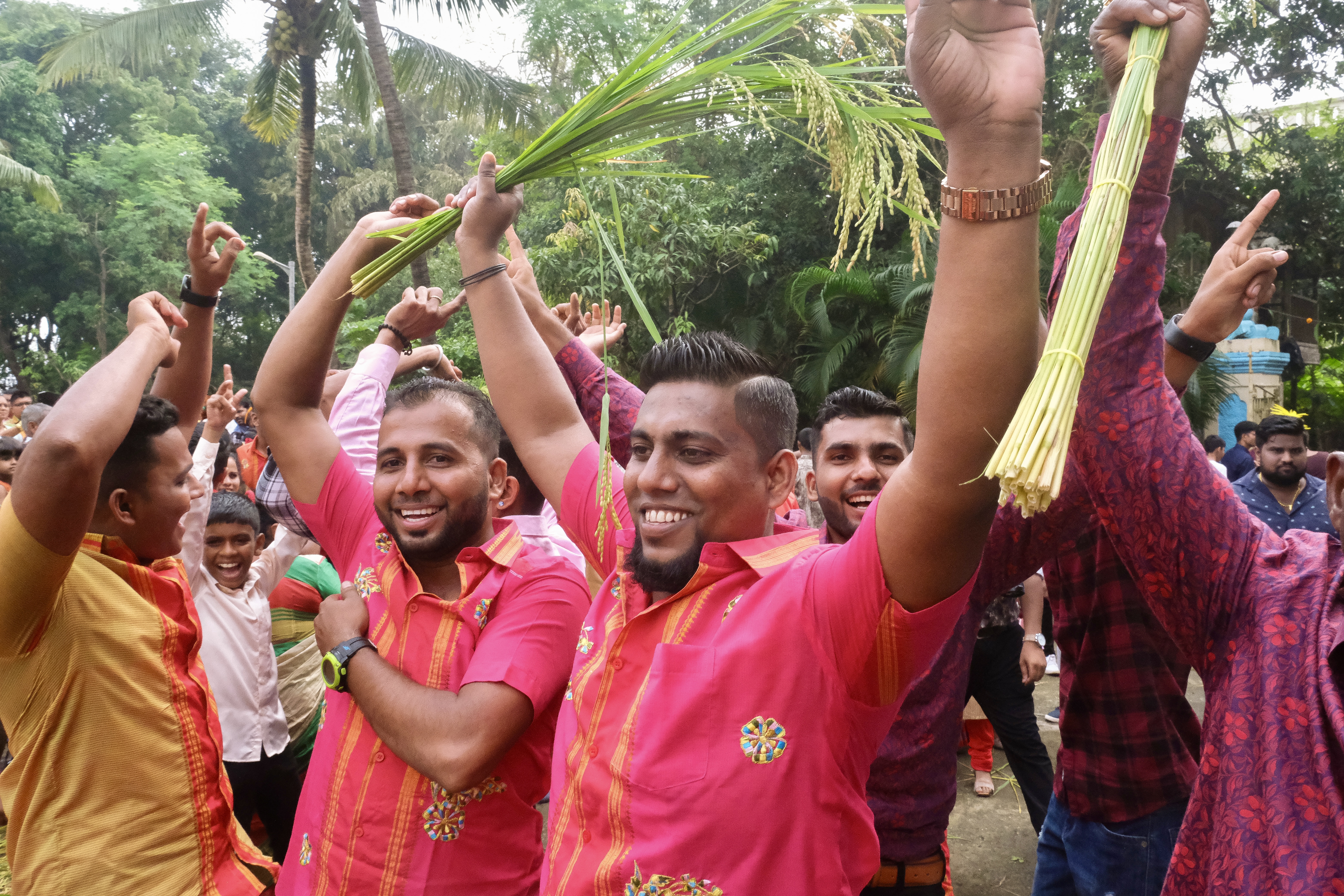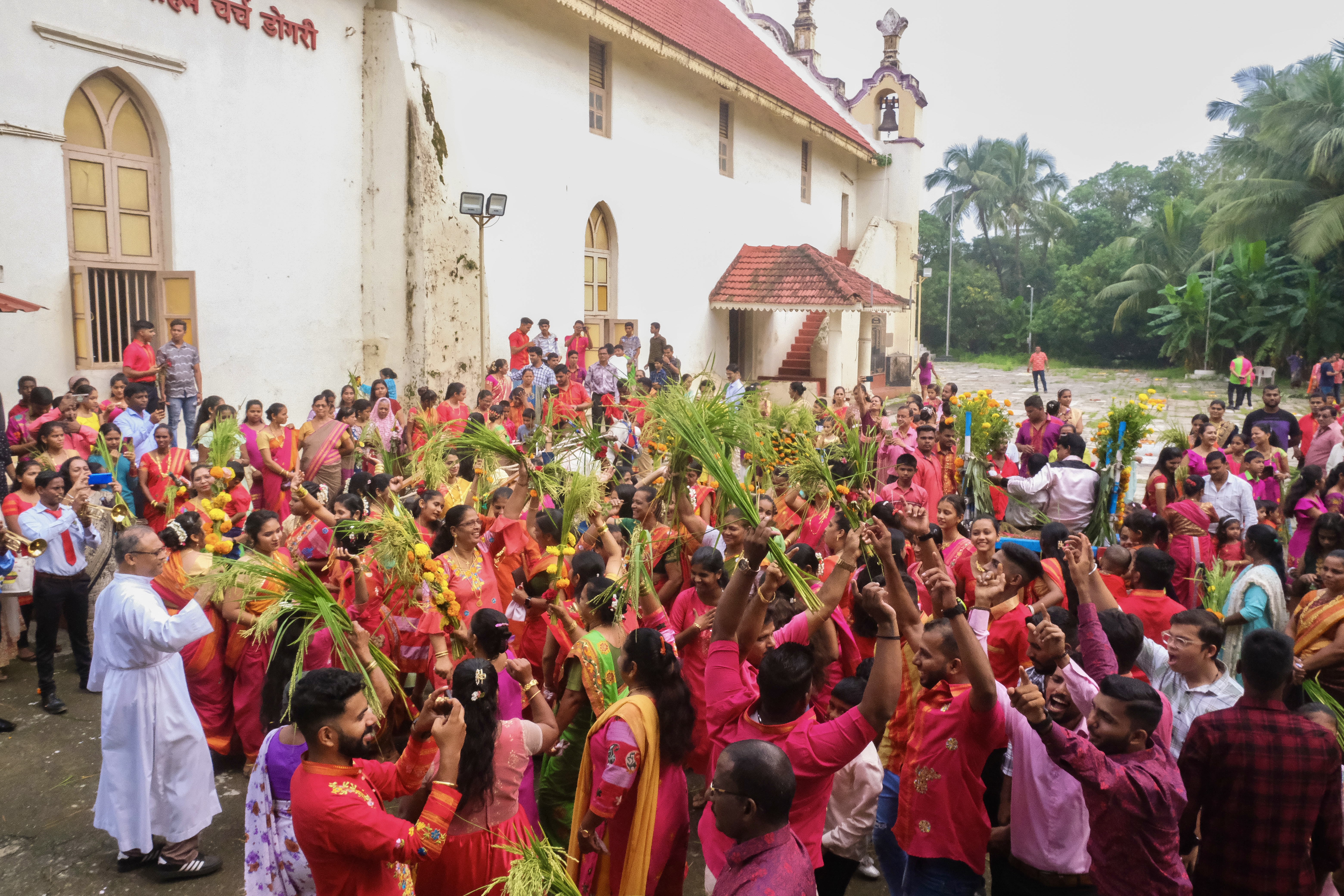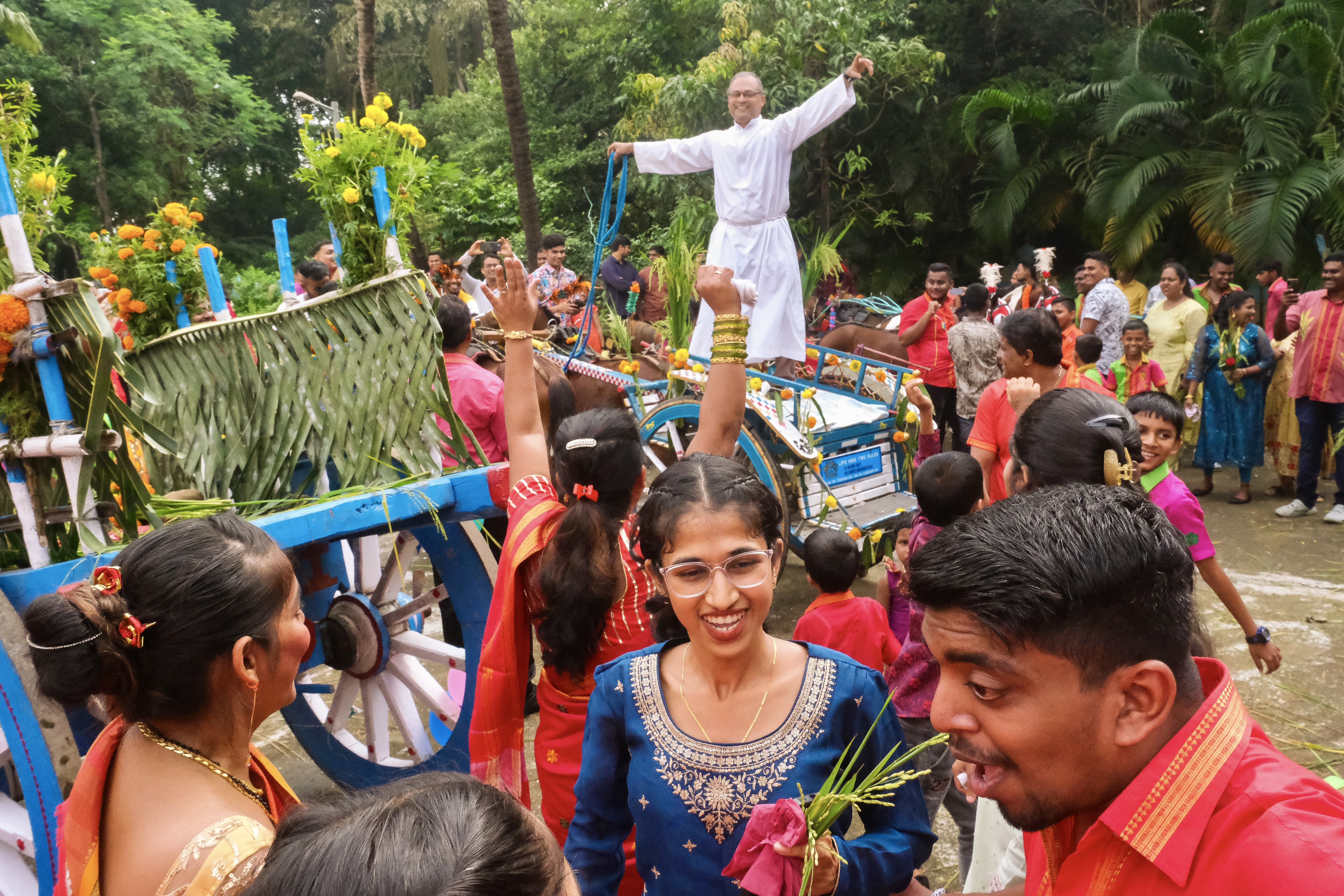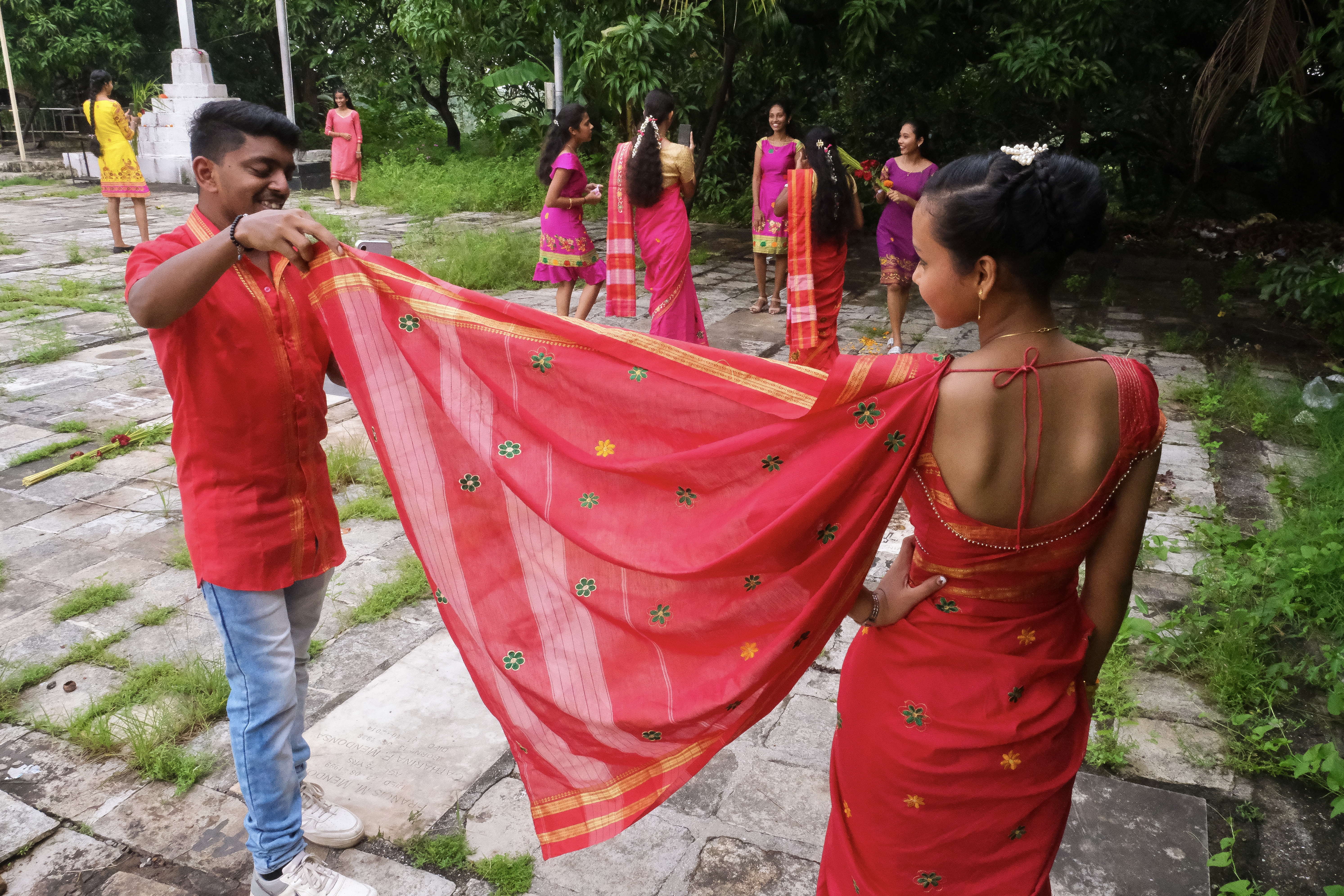Honouring the Harvest: The Significance of Aagera in East Indian Tradition
Mira-Bhayandar, located in the northernmost section of Salsette Island near Vasai Creek, has a rich history reflecting the broader historical and cultural changes in the Mumbai region. The area presently known as Mira-Bhayandar was once vast tracts of forest and agricultural land cultivated by the Agri and Koli communities. The Portuguese acquired Salsette Island in 1534 as part of their territorial ambitions along India’s western coast. Though they transferred ownership of the Bombay Islands to the English Crown in 1661, they retained Salsette until the 18th century CE. The territory was formally ceded by the Maratha Confederacy to the East India Company in 1782 with the signing of the Treaty of Salbai.
Despite its relatively short duration, Portuguese rule significantly impacted local culture. The Franciscans, Dominicans, Jesuits, and Augustinian missionaries converted the native population to Roman Catholicism, constructing numerous churches and convents. This led to the emergence of a new Indo-Portuguese Christian community, which formed its own association in 1887 and adopted the name Bombay East Indian to distinguish the Catholic communities of Bombay (Mumbai) and Salsette islands from the Goan and Mangalorean Catholics migrating to Bombay for work. Bombay East Indians have a distinct identity, blending Konkani and Portuguese influences to create a syncretic culture. For example, East Indian Catholics speak the East Indian dialect of Marathi-Konkani, which contains many Indo-Portuguese loan words. This vernacular is fundamental to the community’s identity, distinguishing it from the other Catholic groups in Mumbai.
The Bombay East Indians’ syncretic culture is also visible in their celebration of Aagera (sometimes spelled agera), a harvest festival for the Kharif crop held at the end of the monsoon season. In agrarian societies, the end of the harvest season brings relief and joy, as successful harvests provide food security in the coming months. The festival’s name is derived from the Latin word ager, meaning a field or tract of cultivable land, which is also the root of the word agriculture. It is unclear when and how Aagera began among East Indians. However, the tradition of giving thanks to Mother Nature is widespread in the local Marathi-Konkani culture, suggesting that the celebration may be a vestige of pre-Christian rituals.
In India, rabi crops are sown in the winter and harvested in the spring, while kharif crops are cultivated during the monsoon season (June to November) and harvested from the third week of September to late October. Various agrarian communities in India celebrate the harvest of the rabi and the kharif crops as an expression of gratitude towards mother nature, fertility deities, or important celestial alignments marking seasonal transitions.
For example, Makar Sankranti, celebrated in January, marks the transition of the sun into the zodiac sign of Capricorn and is a significant harvest festival in many parts of India, including Maharashtra. One day before Makar Sankranti, Lohri is celebrated in Punjab, Jammu, Haryana, and Himachal Pradesh, marking the passing of the winter solstice and the harvest of the rabi crop. The Tamil community celebrates Pongal, a four-day harvest festival dedicated to Surya (the Hindu solar deity), in January. In April, the Punjabi community celebrates Baisakhi, marking the harvest of the rabi crop and the Punjabi New Year. Maharashtrians and Konkanis celebrate Gudi Padwa in March or April, marking the beginning of the Maharashtrian New Year and the end of the rabi harvest. In Kerala, Onam celebrations in August–September mark the harvest of the kharif crop.
Due to urban expansion and infrastructure development, agricultural lands have largely disappeared within Mumbai’s urban limit, except in some suburban pockets and semi-urban areas like Vasai-Virar, Dahanu-Palghar, and Mira-Bhayandar. The harvest festival of Bombay East Indian Catholics in Mira-Bhayandar is organized by the local parish of Our Lady of Bethlehem Church, located in Dongri-Tarodi village. Originally built by Franciscan missionaries in the 17th century CE and dedicated to Our Lady of Bethlehem (Mother Mary), the church’s neo-Baroque façade is inspired by Portuguese-era Catholic churches in Goa. Our Lady of Bethlehem Church has played a vital role in the religious and social life of the Bombay East Indian Catholic community living in Dongri and surrounding areas, serving as a place of worship and community gatherings.
Aagera is an occasion for the Bombay East Indian community to strengthen social ties. On this special day, East Indian women wear their traditional attire, a nine-yard sari worn in the Maharashtrian kashta style, known as the Sonkari Lugra. The Lugra is unique for its pink or red colour and intricate embroidery along its border. Through modern adaptations and preservation efforts, the Lugra saree has made a comeback in the East Indian community as a symbol of their native heritage. Although East Indian men do not have a particular dress code, they wear matching-coloured shirts with personalized embellishments reflecting the wearer’s interests and tastes. For example, if a person loves music might wear a shirt with a musical instrument motif embroidered on it.
Aagera is held on the first Sunday in October. The events recreate a typical day in a farmer’s life. The community gathers on an agricultural field for a special service conducted by the parish priest of Our Lady of Bethlehem Church. Candles are lit and coconuts smashed to commemorate the occasion. The priest cuts the first harvest, followed by the community. The harvested crop is transported traditionally on bullock carts. Music bands lead the procession to Our Lady of Bethlehem Church, singing popular East Indian melodies. At the church premises, the procession is welcomed by the parish priest, who sprinkles holy water on the congregation. The community then attends a special mass to offer prayers of thanksgiving for the bountiful harvest. After mass, traditional East Indian songs, dances, and music are performed in the courtyard for the community. Various cultural events, including competitions, exhibitions, and sports, are organised to promote local talent and cultural pride.
Although the Bombay East Indians celebrate Aagera on the first Sunday of October, this is a token harvest as the monsoon season is still ongoing. The main harvest of the kharif crop begins towards the end of October, coinciding with All Souls Day on November 2. On All Souls Day, in addition to attending church services, families prepare and share traditional East Indian dishes. They make a special payasam (rice pudding) called atola, prepared from freshly harvested rice and sprinkled with black-eyed beans, coconut, and jaggery. New rice signifies a new harvest offered to the souls of the dead, seeking their blessings.
In summary, Aagera instills a sense of pride and identity among the East Indian community, helping them maintain their unique cultural heritage amidst modernisation and change. It is a time when relatives and neighbours unite, strengthening communal bonds. Most importantly, Aagera and other harvest festivals reconnect the city with its agrarian roots; they honour the land where the native population has lived for centuries, long before the rise of Mumbai as a metropolis.
The fresh harvest is transported on specially decorated wooden carts. Each cart is pulled by a pair of horses, or bullocks.
On this special day, East Indian women wear their traditional attire, a nine-yard sari worn in the Maharashtrian kashta style, known as the Sonkari Lugra. The Lugra is distinctive for its pink or red colour and intricate embroidery along its border.
Aagera is traditionally held on the first Sunday in October. However, this event represents a token harvest, as the monsoon season is still ongoing. The main harvest of the kharif crop begins towards the end of October, coinciding with All Souls Day on November 2.
The events recreate a typical day in a farmer’s life. The community gathers on an agricultural field for a special service organized by the local parish of Our Lady of Bethlehem Church, located in Dongri-Tarodi village.
Father Oscar Mendonca, dressed in a white cassock, leads the congregation in offering prayers and thanksgiving for a bountiful harvest. The occasion is marked by the lighting of candles and the smashing of coconuts.
The first harvest is cut by Father Oscar Mendonca, followed by the rest of the community.
Keeping with age-old traditions, after the harvest is collected, it is transported on bullock carts, much as it was done in the past before the invention of motorised transport.
The bullocks (and horses) are specially adorned with garlands, floral tassels hanging from their necks, and peacock feathers attached to their horns. Embroidered body covers are placed on their backs.
Bands lead the procession, performing popular East Indian melodies along the way.
The procession passes along Dongri Road, passing old-style bungalows. Traditional East Indian houses feature tiled roofs, which help keep the interiors cool during the hot summer months. They also have large verandas, or porches, that serve as spaces for socialising.
Father Oscar Mendonca sprinkles holy water on the carts upon their arrival at the church. The holy water sprinkler used in Christian liturgy is called an aspergillum or aspergil.
Our Lady of Bethlehem was originally built by Franciscan missionaries in the 17th century CE and dedicated to Mother Mary. Its neo-Baroque façade is influenced by Portuguese-era Catholic churches in Goa. Over the years, the church has undergone several renovations and expansions to accommodate the growing congregation.
Our Lady of Bethlehem church has a large open courtyard paved with gravestones. On special occasions, such as festival days, the additional congregation is accommodated in the courtyard.
During communion, the priest consecrates the bread and wine and distributes them to the congregation.
The East Indian community attends a special mass to offer prayers of thanksgiving for the bountiful harvest.
Music is integral to the East Indian community. This man has his favourite musical instrument, the trumpet, embroidered on his shirt.
A senior Agri lady wears a veil over the traditional saree. The veil covers the entire upper body, including the neck, shoulders, and head, leaving only the face exposed. The veil was once prevalent among the Catholic community but is rarely worn now, except by the older generation.
The band plays a variety of wind instruments, primarily trumpets, saxophones, and clarinets. Drums and cymbals are also included in the ensemble.
Aagera is a harvest festival for the kharif crop held at the end of the monsoon season. Successful harvests are crucial for food security and the local economy in agrarian societies.
Traditional East Indian songs, dances, and music are performed in the courtyard for the community.
Father Oscar Mendonca participates in the celebrations at Our Lady of Bethlehem Church.
The winners of a local cricket tournament display their trophy. Various cultural events, including competitions, exhibitions, and sports, are organised to promote local talent and cultural pride.
Through modern adaptations and preservation efforts, the Lugra saree has reemerged in the East Indian community as a symbol of their native heritage. Though East Indian men do not adhere to a particular dress code, they wear shirts in matching colours with personalized embellishments reflecting their interests and tastes.
